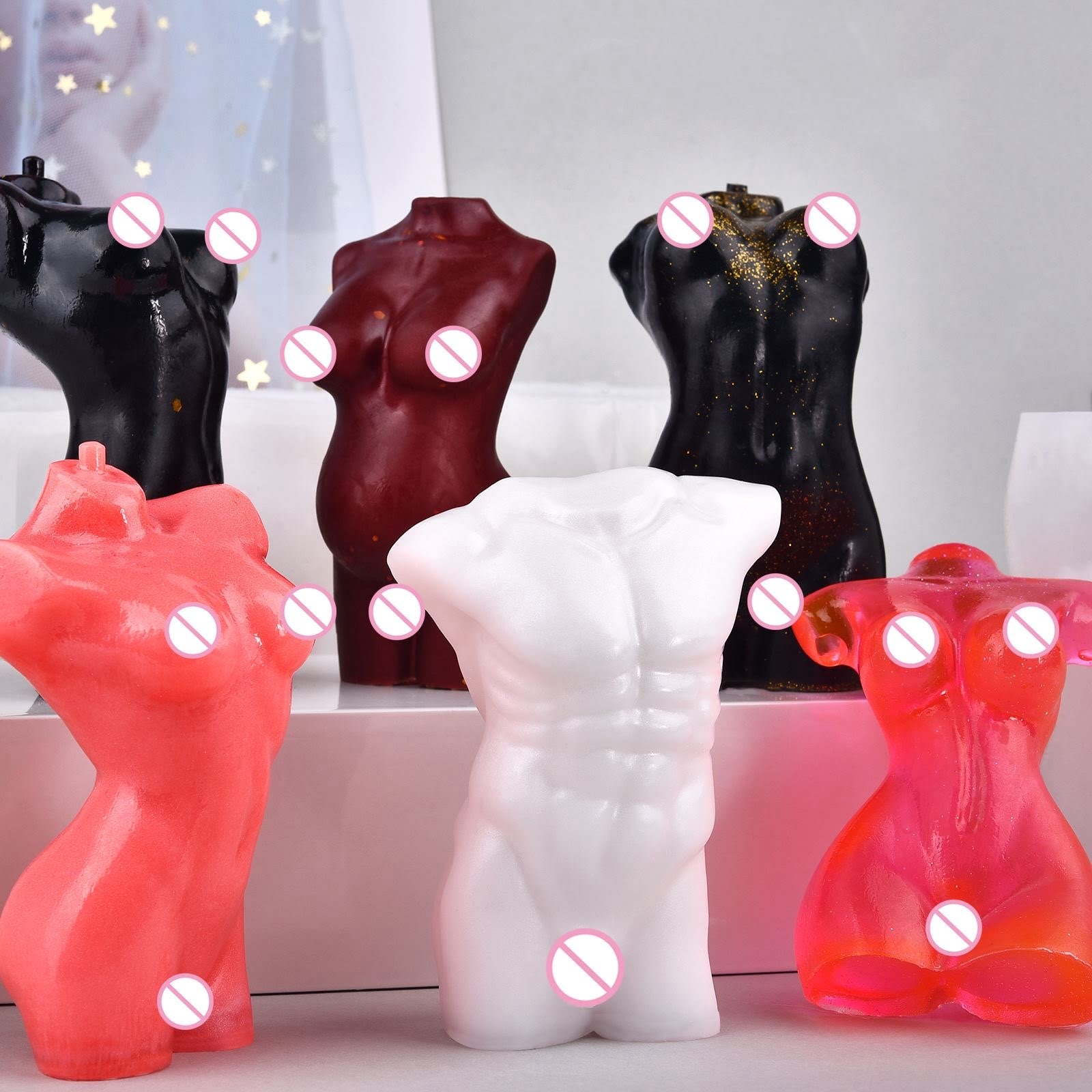Candle making is a popular and fulfilling craft that allows individuals to create their own beautiful, aromatic candles. One important aspect of candle making that must be understood is the concept of flash points. In this article, we will explore what a flash point is in candle making, why it is crucial for candle makers to understand it, and how it can be tested and managed.
Understanding the flash point of materials used in candle making is essential for ensuring safety and creating high-quality candles. Whether you are a beginner or an experienced candle maker, having a solid grasp of flash points will greatly impact the success of your creations.
In the following sections, we will delve into the definition of flash points in the context of candle making, the different types of flash points, methods for testing the flash point of candle making materials, factors that can affect flash points, and safety precautions when working with materials with different flash points.
By the end of this article, you will have a comprehensive understanding of why knowing the flash point in candle making is crucial for both safety and optimal results.
Importance of Understanding Flash Points in Candle Making
Candle making is a popular and enjoyable hobby for many people, allowing them to create their own beautiful and fragrant candles. However, it is important to understand the science behind this craft, including the concept of flash points in candle making. Knowing the flash point of the materials used in candle making is crucial for ensuring safety and producing high-quality candles.
So, what is a flash point in candle making? The flash point of a material is the lowest temperature at which it can vaporize to form an ignitable mixture in air.
In simple terms, it is the temperature at which a substance can ignite if exposed to an open flame or other ignition sources. In candle making, understanding the flash point of waxes, fragrance oils, and other additives is essential for preventing accidents and creating candles that burn safely and effectively.
It’s important to note that different materials used in candle making have varying flash points. For example, paraffin wax typically has a higher flash point compared to soy wax. Similarly, different fragrance oils and dyes may have different flash points as well. As such, knowing the flash points of these materials allows candle makers to handle them with caution and implement appropriate safety measures during the candle making process.
| Material | Flash Point (°F) |
|---|---|
| Paraffin Wax | 360-370 |
| Soy Wax | 150-180 |
| Fragrance Oils | 130-200 |
Definition of Flash Point in Candle Making
The flash point in candle making is a crucial factor that determines the safety and effectiveness of the materials used in creating candles. Understanding what a flash point is and how it relates to the candle making process is essential for ensuring the quality and safety of the finished product. In this section, we will delve into the definition of flash point in candle making, its significance, and how it impacts the overall candle making process.
What Is a Flash Point?
In candle making, the term “flash point” refers to the temperature at which a particular material emits enough vapor to ignite in the presence of an open flame or spark. This characteristic is especially important when working with waxes, fragrance oils, and other additives used in candle making, as it determines their flammability and potential fire hazard. Understanding the flash points of these materials is critical for ensuring safe handling, storage, and usage during the candle making process.
Significance of Knowing Flash Points
Knowing the flash points of candle making materials is crucial for several reasons. Firstly, it helps to prevent potential fire hazards during the production and use of candles. By understanding the temperature at which different materials can ignite, candle makers can implement necessary safety measures to minimize risks. Additionally, understanding flash points allows for informed decision-making when selecting and combining materials to create candles that meet safety standards without compromising quality.
Impact on Candle Making Process
The flash point directly impacts various stages of the candle making process, from melting wax to adding fragrance oils and other additives. Different materials with varying flash points require specific handling procedures to ensure safe and effective incorporation into candles. By understanding how flash points influence the behavior of these materials under different conditions, candle makers can optimize their processes while prioritizing safety throughout every step.
Types of Flash Points in Candle Making (Open Cup vs Closed Cup)
In candle making, understanding the flash point of materials is crucial for ensuring safety and creating high-quality products. There are two main types of flash points that are used to measure the flammability of candle making materials: open cup flash point and closed cup flash point.
The open cup flash point is determined by heating the material in an open container and using a flame to ignite the vapor above the liquid. This method allows for evaporation and ignition at atmospheric pressure, providing a more accurate representation of how the material will behave in real-life conditions.
On the other hand, the closed cup flash point is measured by heating the material in a closed container where there is limited oxygen available for combustion. This test provides insight into how the material will perform when contained and under pressure.
The differences between open cup and closed cup flash points can significantly impact candle making processes. For example, a material with a lower open cup flash point may be more volatile and require extra precautions during handling and production. Understanding these distinctions can help candle makers make informed decisions about which materials to use and how to handle them safely.
It is important for candle makers to test their materials using both methods to obtain a comprehensive understanding of their properties. By doing so, they can ensure that they are using safe and suitable ingredients for their candles while also maintaining high standards for quality and performance.
| Flash Point Type | Description |
|---|---|
| Open Cup Flash Point | Determined in an open container with exposure to atmospheric pressure |
| Closed Cup Flash Point | Measured in a closed container with limited oxygen available for combustion |
How to Test the Flash Point of Candle Making Materials
Testing the flash point of candle making materials is a crucial step in ensuring the safety and quality of the candles being produced. The flash point refers to the temperature at which a particular material gives off sufficient vapor to ignite momentarily upon exposure to an open flame. Understanding the flash point of each ingredient used in candle making is important in preventing potential fire hazards and creating high-quality, safe products.
Methods for Testing Flash Point
There are several methods for testing the flash point of candle making materials, with the most common being the open cup and closed cup methods. The open cup method involves placing the sample in an open container and gradually heating it while periodically applying a flame. On the other hand, the closed cup method utilizes a closed container with a small opening through which a flame is introduced, allowing for a more accurate measurement of the flash point.
Importance of Accurate Testing
Accurately testing the flash point of candle making materials is crucial for determining their level of flammability and potential risk during production and use. It allows candle makers to identify any materials with low flash points that may pose safety hazards or affect the quality and performance of the candles. By understanding and testing the flash points of different ingredients, candle makers can make informed decisions about their formulations to ensure their products meet safety standards and regulatory requirements.
Ensuring Safety in Candle Making
In addition to conducting flash point tests on individual materials, it is important for candle makers to consider how these ingredients interact with each other when combined. Mixing materials with varying flash points can impact the overall flammability and safety of the final product. Therefore, by thoroughly testing and understanding the flash points of all components used in candle making, manufacturers can minimize potential safety risks and create candles that are safe for consumers to enjoy.
Factors That Affect the Flash Point in Candle Making
When it comes to candle making, understanding the concept of flash point is crucial. The flash point of a material is the lowest temperature at which it can vaporize to form an ignitable mixture in air.
In simpler terms, it is the temperature at which a material can catch fire if exposed to an open flame or spark. There are several factors that can affect the flash point in candle making, and being aware of these factors is essential for creating candles safely and effectively.
1. Choice of Wax: The type of wax used in candle making can greatly impact the flash point of the finished product. For example, paraffin wax typically has a higher flash point compared to soy wax or beeswax. It’s important to consider the flash point of different waxes when choosing the right one for your candle making project.
2. Additives and Fragrances: Adding fragrance oils or other additives to your candle can also affect its flash point. Some fragrances have lower flash points, which means they can make the overall flash point of the candle lower as well. It’s important to carefully consider the type and amount of additives used in order to maintain a safe flash point for your candles.
3. Manufacturing Process: The way in which candles are made can also impact their flash points. Overheating wax, using improper pouring temperatures, or not following proper safety guidelines during the manufacturing process can all lead to changes in the flash point of the finished product.
Understanding how these factors influence the flash point is essential for ensuring that your candles are safe and meet appropriate industry standards.
Safety Precautions and Guidelines for Working With Materials With Different Flash Points
When working with materials in candle making, it is crucial to understand and adhere to safety precautions and guidelines, especially when dealing with different flash points. The flash point of a substance is the temperature at which it will ignite if given an ignition source. In candle making, knowing the flash point of materials is essential to ensure the safety of both the maker and the end users of the candles.
To maintain safety when working with materials with different flash points, consider the following precautions and guidelines:
- Always work in a well-ventilated area: Proper ventilation is key to preventing the build-up of flammable vapors from materials with lower flash points. This reduces the risk of ignition and ensures a safe working environment.
- Use appropriate storage containers: Store materials with different flash points in suitable containers that are designed for flammable substances. Keep them tightly closed when not in use to minimize the risk of exposure to an ignition source.
- Handle with care: When handling materials with lower flash points, such as fragrance oils or essential oils, it’s important to exercise caution to prevent spills or splashes that could lead to accidental ignition.
- Avoid open flames or sparks: Keep all sources of heat, flame, or sparks away from materials with low flash points. This includes smoking or using electronic devices that could generate sparks.
By following these safety precautions and guidelines, candle makers can minimize the risk of accidents or fires related to working with materials with different flash points. Prioritizing safety in candle making is essential for both personal well-being and producing high-quality, safe products for consumers.
Conclusion
In conclusion, understanding the flash point in candle making is crucial for ensuring the safety and quality of the final product. The flash point not only determines the potential fire hazards associated with the materials used, but it also affects the performance and scent throw of the candles. By knowing the flash point of different materials, candle makers can make informed decisions about their production process and prioritize safety measures.
Furthermore, being aware of the factors that affect the flash point allows candle makers to adapt their techniques and ingredients accordingly. This knowledge empowers them to create candles that meet safety standards and deliver a consistent burning experience for consumers. Additionally, following safety precautions and guidelines when working with materials with different flash points is essential in preventing accidents and maintaining a safe work environment.
Ultimately, understanding what a flash point is in candle making is not only about adhering to regulations and best practices. It also reflects a commitment to producing high-quality candles that meet both safety standards and consumer expectations. By prioritizing this knowledge, candle makers can ensure that their products are not only beautiful and aromatic but also safe for use in any setting.
Frequently Asked Questions
What Is the Flashpoint for Essential Oils?
The flashpoint for essential oils refers to the temperature at which they can ignite and produce a flame or spark. This is an important consideration when using essential oils in candle making or other applications where heat is involved.
What Temp Should I Add Fragrance to Soy Wax?
When adding fragrance to soy wax, it is recommended to do so at a temperature of around 130-140°F (54-60°C). This allows the fragrance to properly disperse and bond with the wax without being subjected to excessive heat that could potentially affect its scent.
What Does Flash Point Mean in Oil?
In the context of oil, flash point refers to the temperature at which that particular oil can produce enough vapor to ignite in the presence of an open flame or spark. Understanding the flash point is important for handling and storage of oils, as well as for certain industrial processes where flammability is a concern.

Welcome to my candle making blog! In this blog, I will be sharing my tips and tricks for making candles. I will also be sharing some of my favorite recipes.





